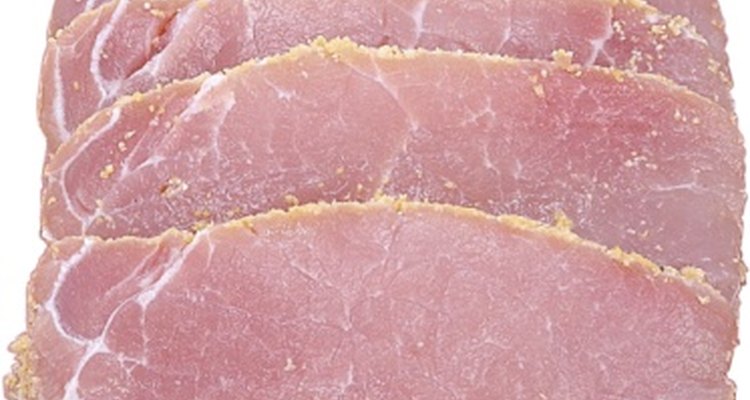
Any meat taken for human consumption from a pig that is less than one year old is considered pork. Pig meat is cut and packaged in several forms, including pork chops, sausages, ribs, tenderloins and hams. Like other forms of meat, pork contains naturally occurring bacteria that are rendered harmless when the meat is properly cleaned and prepared. Pork must also be stored at appropriate temperatures. If this does not happen, it may spoil. Determining if pork has spoiled is important for the health and safety of the people eating it.
Check for a use-by date if the pork is packaged. Discard pork if the date for consumption has passed. This date is determined by the packaging plant and represents the very last day that the meat’s quality is guaranteed.
Figure out how long the pork was exposed to temperatures above 40 degrees F. If the time exceeds two hours, then bacterial growth causing spoilage may be present.
Identify bacterial spoilage by studying the smell and coloration of the meat. If a foul odor is being emitted from the pork, or if the meat has a grey, brown or has a green tint, it is likely rotten.
Examine the surface of the pork. The presence of growth resembling tiny hairs, or a film of slime on the meat indicates mold spoilage.
Determine if and when the meat was refrigerated at 40 degrees F or, or frozen at 0 degrees or colder. Ground pork becomes susceptible to spoiling after two days in a refrigerator, and four months in a freezer.
Related Articles

Can I Eat Pork That Smells Bad if I ...

How to Know When Pork Roast Goes Bad

How to Know if Bacon Has Gone Bad

How Long Does It Take for Pork to Spoil ...

How to Store Leftover Roast Pork

What Are the Dangers of Eating Venison?

Food Safety Tips for Frozen Pork

Can You Cook Pork Two Days After ...

How to Know if Beef Cubes Are Bad

Should Pork Chops Be Washed Before ...
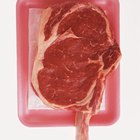
Can You Cook Meat Gone Bad?

How to Freeze Pork Chops
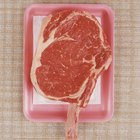
What Does Spoiled Meat Smell Like When ...

How to Cook a Boneless Sirloin Pork ...

Is a Roast Bad If It Turns Brown?
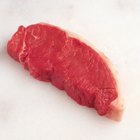
How to Slice a Roast for Jerky

How Long Is Pork Good for While Frozen?
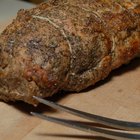
How to Save Overcooked Pork

Can I Freeze Pork Immediately After ...

How Can I Tell If Lunch Meat Has Gone ...
References
Writer Bio
Anthony Rose has been writing since 2009, covering home improvement, health, business and politics. He holds a Bachelor of Arts in history from Tulane University.
Photo Credits
Zedcor Wholly Owned/PhotoObjects.net/Getty Images